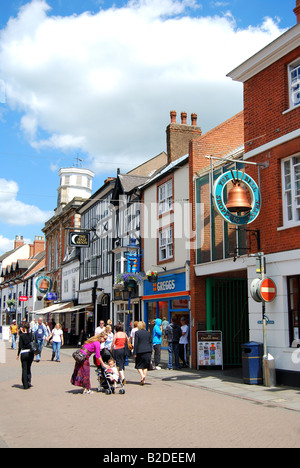

The explorer sailed from England to the Massachusetts Bay Colony to meet John Winthrop in 1630, but never returned to Maine. Ultimately, the settlement was a failure and the fate of Levett's colonists is unknown. A member of the Council for New England and agent for Ferdinando Gorges, Levett built a stone house where he left a company of ten men, then returned to England to write a book about his voyage to bolster support for the settlement. Christopher Levett, an English naval captain granted 6,000 acres (2,400 ha) in 1623 to found a settlement in Casco Bay. Native Americans originally called the Portland peninsula Machigonne ("Great Neck"). Fort Casco, Portland, Maine, built by Wolfgang William Romer map by Cyprian Southack History įor a chronological guide, see Timeline of Portland, Maine. The Greater Portland area has emerged as an important center for the creative economy, which is also bringing gentrification. The word Portland is derived from the Old English word Portlanda, which means "land surrounding a harbor". In turn, the city of Portland, Oregon, was named after Portland, Maine. Portland was named after the English Isle of Portland.

The city seal depicts a phoenix rising from ashes, a reference to recovery from four devastating fires. Despite the economic shift, the Port of Portland was still the second-largest tonnage seaport in New England as of 2019. The Old Port is a prominent neighborhood known for its nightlife and 19th-century architecture. Historically tied to commercial shipping, the marine economy, and light industry, Portland's economy in the 21st-century relies mostly on the service sector and tourism. The Greater Portland metropolitan area is home to over half a million people, the 104th-largest metropolitan area in the United States. Portland's population was 68,408 in April 2020. state of Maine and the seat of Cumberland County. Portland ( / ˈ p ɔːr t l ə n d/ PORT-lənd) is a port city and the most populous city in the U.S. The New Hampshire Historical Highway Marker program is jointly managed by the NH Division of Historical Resources and NH Department of Transportation.04101–04104, 04108–04109, 04112, 04116, 04122–04124 New Hampshire’s historical highway markers illustrate the depth and complexity of our history and the people who made it, from the last Revolutionary War soldier to contemporary sports figures to poets and painters who used New Hampshire for inspiration from 18th-century meeting houses to stone arch bridges to long-lost villages from factories and cemeteries to sites where international history was made.Īn interactive map of all of the state’s historical highway markers is available at the NH Division of Historical Resources’ website, nh.gov/nhdhr.

They must also draft the text of the marker and provide footnotes and copies of supporting documentation, as well as a suggested location for marker placement. This is the first marker in Nottingham, and is the 259th installed in the state.Īny municipality, agency, organization or individual wishing to propose a historical highway marker to commemorate significant New Hampshire places, persons or events must submit a petition of support signed by at least 20 New Hampshire residents. The site of militia drills in 1775 and home to four Revolutionary War generals, Nottingham Square served as the center of the town’s business and social life for more than a century and remains common land for all." The town’s first school, blockhouse and later meetinghouse were built on this summit. A plan of the town was completed in 1724 at that time the design of the Nottingham Square was laid out with the house lots and the intersecting streets of Bow, Fish, King and North. "The Town of Nottingham was created by a Royal Charter in 1722. The NH Division of Historical Resources is pleased to announce that a New Hampshire Historical Highway Marker has been installed on Route 156 in Nottingham, the site of Nottingham Square.


 0 kommentar(er)
0 kommentar(er)
